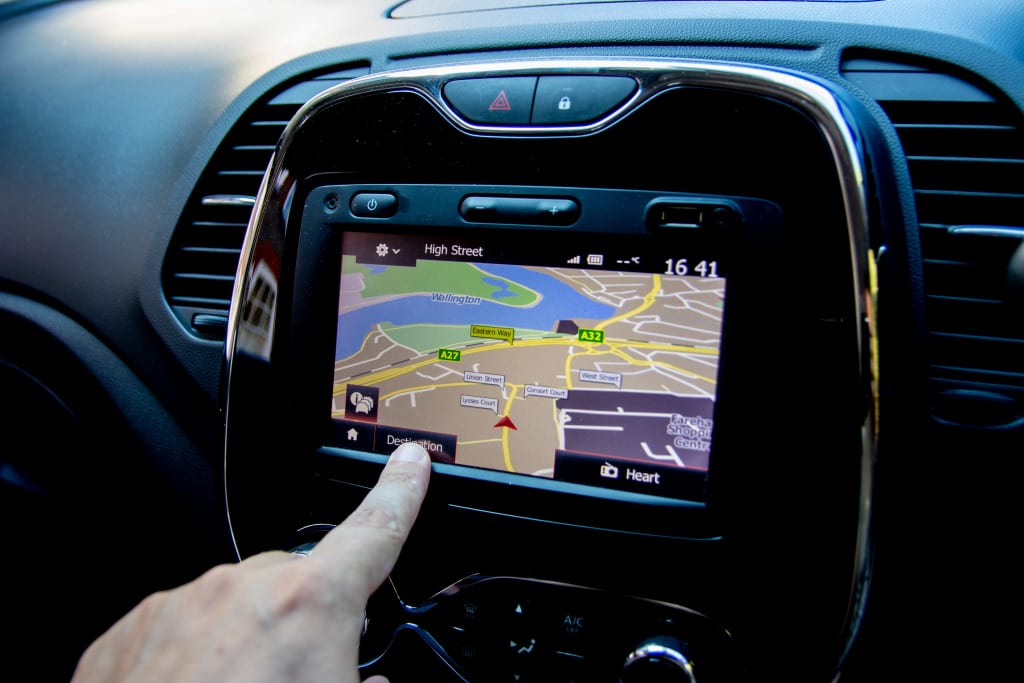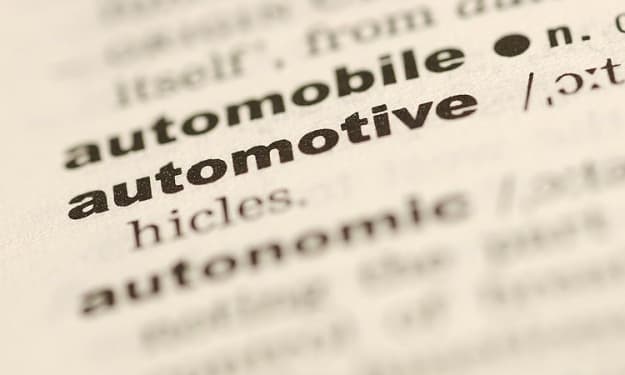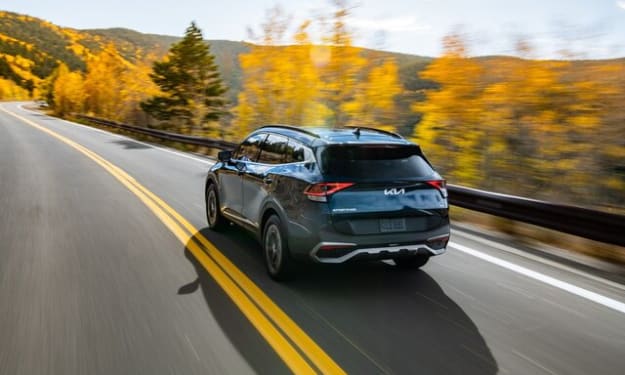Device Driving Laws: What Is and What Isn’t Legal?
cinch, the faff-free way to buy a car online, has explored a few borderline regulations about safely using tech and gadgets while behind the wheel.

The rise of mobile technology and helpful in-car gadgets has revolutionised the way we drive.
From built-in satellite-navigation systems (sat-navs) to being able to play any song in our music library at the touch of a button or via voice-activation, drivers now have more information and entertainment at their fingertips than ever before.
But with this comes potential distraction – and with that distraction comes the risk of an accident.
For example, did you know that positioning a phone or sat-nav in the middle of your windscreen could be against the law?
What other device-related driving laws should you be aware of? cinch, the faff-free way to buy a car online, has explored a few borderline regulations about safely using tech and gadgets while behind the wheel.
Driven to distraction
Brits spend an average of four hours and 14 minutes on their phone every day, according to research. If you stick to the ideal eight-hours sleep per night, that’s a quarter of your waking time dedicated to scrolling through social media and texting your pals.
There are certain situations in which you’re not allowed to use your mobile phone, and if you have it in your hand while driving your car, you’re breaking the law.
Recent clarifications to the law make it crystal clear to drivers that using a handheld mobile phone while driving a car is illegal, and this applies to when you are stopping at traffic lights, queueing in traffic or even as a driving instructor supervising a learner driver.
If caught, you can get six points on your driving licence and a £200 fine, which can escalate to £1,000 if you’re taken to court. For bus and lorry drivers, the maximum penalty amounts to £2,500.
Paying at drive-thrus and other exceptions
You can use your phone when you’re safely parked and your engine is off, or if you need to call 999 in an emergency, or if you’re using your device to park the car remotely. But there’s another exception too: paying for food and drink at a drive-thru.
Sam Sheehan, motoring editor at cinch, explained: “Bear in mind that the law about mobile phone use applies in most situations where you might be easily tempted to pick up your device for a quick check.
“Queueing in traffic or waiting patiently at the traffic light? Even if you’re not currently on the move, you must leave your phone where it is.
“To ensure you’re safe on the road, leave your handheld device in the glovebox, central console or, if you’re using it as a sat nav, in a phone holder mounted on your windscreen or dashboard - as long as it is not obstructing your view.
“It’s ok to operate your phone in hands-free mode but you need to make sure you’re paying full attention to the road around you.”
If you’re feeling peckish and need a snack on the go, you can use your phone at drive-thrus for stationary contactless payments. Be aware that this is only allowed in circumstances where a contactless payment is carried out by tapping your device on a card reader.
If you have your phone in your hand for anything else while driving, even if the wheels aren’t turning, you’d be breaking the law.
Sat-navs
Long gone are the days of sketching a route on a printed map. Sat-navs are one of the handiest devices you can find in a car, with about 52% of the UK’s driving population using them regularly.
That said, they can also be a distraction. Like with smartphones, drivers mustn’t fiddle with their sat-navs as they drive, as this can divert their attention from the path ahead.
It’s also worth noting that placing a sat-nav in your eyeline where it might obstruct your view of the road can constitute an offence. In fact, the Highway Code says that windows and windscreens must be free from visual obstructions at all times.
So, it’s always best to mount your sat-nav on the lower part of the windscreen, and ideally on the driver’s right-hand side.
To keep yourself, your passengers and fellow road users safe, make sure to programme your sat-nav before setting off. If the suggested route doesn’t seem suitable, trust your own eyes and judgement.
Apple CarPlay and Android Auto
Apple CarPlay and Android Auto are two clever systems that allow you to integrate your smartphone with your car’s infotainment system.
Whether you’re in the driving seat of an audacious Audi Q3 or a bold BMW 3 Series, through these systems you can access useful apps such as music and navigation.
The good thing about Apple CarPlay and Android Auto is that they offer voice-control options, minimising possible distractions and increasing safety on the road.
In turn, this means that you’re allowed by law to make the most of these systems during your road trips. But remember, using your hands to open apps or search for specific features on the systems could get you into trouble.
Headphones
83% of British adults believe that driving with your headphones on should be made illegal.
Surprisingly, there’s currently no written law in the UK against motorists wearing headphones or earbuds at the wheel, other than the Highway Code that advises drivers to avoid distractions while driving.
However, if you’re found to be driving carelessly because your headphones are distracting you, you’re likely to be stopped and charged.
If you’re crossing the English Channel, bear in mind that French law is less permissive. Be it for music purposes or phone calls, drivers and riders in France are prohibited altogether from wearing headsets or headphones while driving.
If caught, you will be fined about £115 on the spot.
Remember that while wearing headphones at the wheel isn’t illegal in our country, turning the music up to an excessive volume inside your car is a one-way ticket to a pricey penalty.
According to the Road Vehicles Regulations 1986, loud music can cause distractions to you and fellow road users.
More importantly, it can also prevent you and others from hearing approaching vehicles, as well as the siren of police cars and ambulances.





Comments
There are no comments for this story
Be the first to respond and start the conversation.